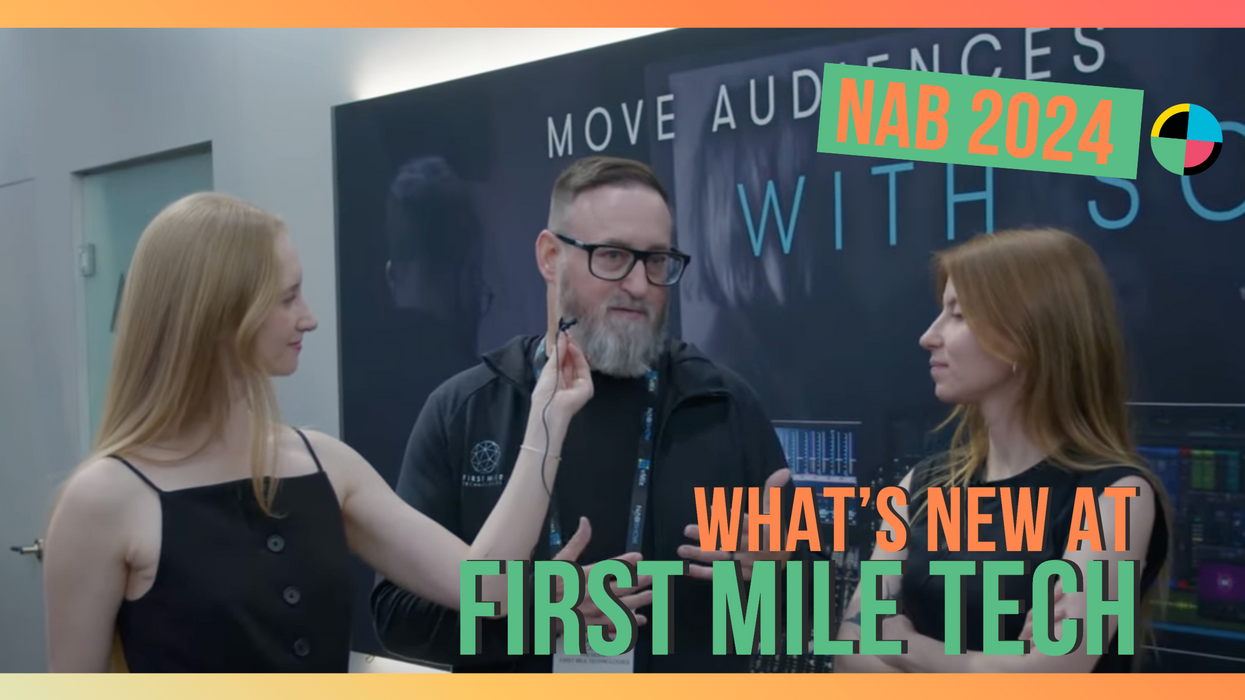How Christopher Nolan's Use of Hands in His Films Helps You Think Like a Detective
If you could use only one word to describe Christopher Nolan's work it'd probably be "cerebral".

The lion's share of his films, like Following, Memento, and even a big budget franchise iteration like The Dark Knight, all have Nolan's cinematic signatures -- non-linear stories, flashbacks, and visual symmetry. But perhaps one of Nolan's more interesting trademarks is the way he first introduces his protagonists in the first scene of his films -- by showing a close-up of their hands.
In fact, Nolan pays a lot of attention to hands and gesticulation -- something Jorge Luengo Ruiz explores in this interesting supercut:
If the first thing you thought of when watching this video was, "Whoa, this reminds me of Robert Bresson," then you are one hell of a film scholar and I'd like to be your friend. It's true, though. Bresson paid close attention to hands, which is something we delved into about a year back with kogonada's supercut "Hands of Bresson" (which inspired Ruiz's "Hands of Nolan"), and if we've learned anything from that study, it's that a lot can be said with a simple gesture.
Nolan uses close-ups of hands to do many different things: reveal a key element of the plot or character, communicate the emotional state of a character, or simply show an action. Think of how Leonard meticulously captures Polaroids or frantically writes notes in Memento, or how Cobb carries around and spins the top in Inception. In many ways, Nolan's characters think with their hands.
In other words, we don't often see his characters' eyes squinting, their lips pursing, their brows furrowing as they contemplate -- much like we would in films by other filmmakers. Instead, Nolan imbues these objects with the thoughts and ideas of his characters. So, the Polaroids, notes, and tops are not just simple props or visual metaphors -- they also act as an extension of the characters' mind. If we think of the objects within the diegesis as "the mind", then clearly the hands are "the body" -- "thought" and "action".
This could be the reason why Nolan's films feel so cerebral. Many times other films would cut to a vast landscape or even a close-up of a face -- why does Nolan cut to hands? Well, if you think about it -- landscapes, buildings, etc. give you spacial information, faces/eyes give you an emotional response; what do hands do? Strangely, they make you think. "What are they doing with that top? Why are they frantically writing that note? What's on that shell casing that makes it so important?" Focusing on hands turns us into detectives, and Nolan is one of the greatest mystery makers of our time.
Source: Jorge Luengo Ruiz














